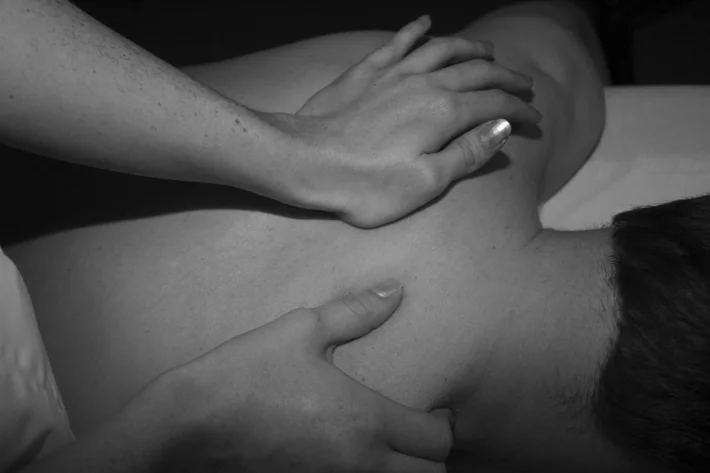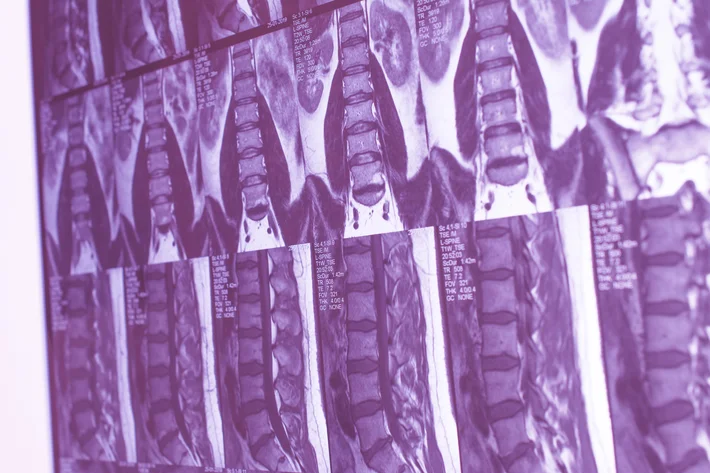
Meet with the best spinal stenosis physical therapists in Aurora, Colorado
Aurora, Colorado, Luna’s physical therapists are experts in treating lumbar and cervical spinal stenosis. With experience in manual therapy techniques and guided exercises, our licensed PTs will work with you to create a therapy plan that alleviates spinal stenosis symptoms and improves mobility.
Luna’s skilled team of physical therapists treats a range of common conditions, including spinal stenosis. Best of all, Luna delivers PT to patients whenever they like and in the comfort of their homes. It’s physical therapy, delivered.

What is spinal stenosis?
A common cause of neck and lower back pain, spinal stenosis occurs when the space around the nerve roots of the spine becomes compressed. This puts pressure on the nerves that travel through the spine, causing pain, tingling, numbness, and muscle weakness over time.
Spinal stenosis can occur either in the neck or in the lower back. When the spinal narrowing occurs in the neck, it’s called cervical stenosis, and discomfort occurs in the neck as well. Spinal narrowing in the lower back, which causes pain in the lower back and legs, is called lumbar stenosis. Lumbar stenosis is the most common form of spinal stenosis.
Source: Mayo Clinic

What causes spinal stenosis?
Spinal stenosis is most commonly caused by aging. As the body ages, tissues and bones begin to degenerate, resulting in nerve compression. Conditions like osteoarthritis and rheumatoid arthritis, both common in older patients, can also contribute to the development of spinal stenosis.
When spinal stenosis appears in younger patients, it’s usually the result of a spine defect, a naturally narrow spinal cord, scoliosis, or bone tumors. Patients with these conditions are at an increased risk of developing spinal stenosis.
The most common causes of spinal stenosis include:
- Age
- Ostheoarthritis
- Rheumatoid arthritis
- Scoliosis
- Narrow spine

























